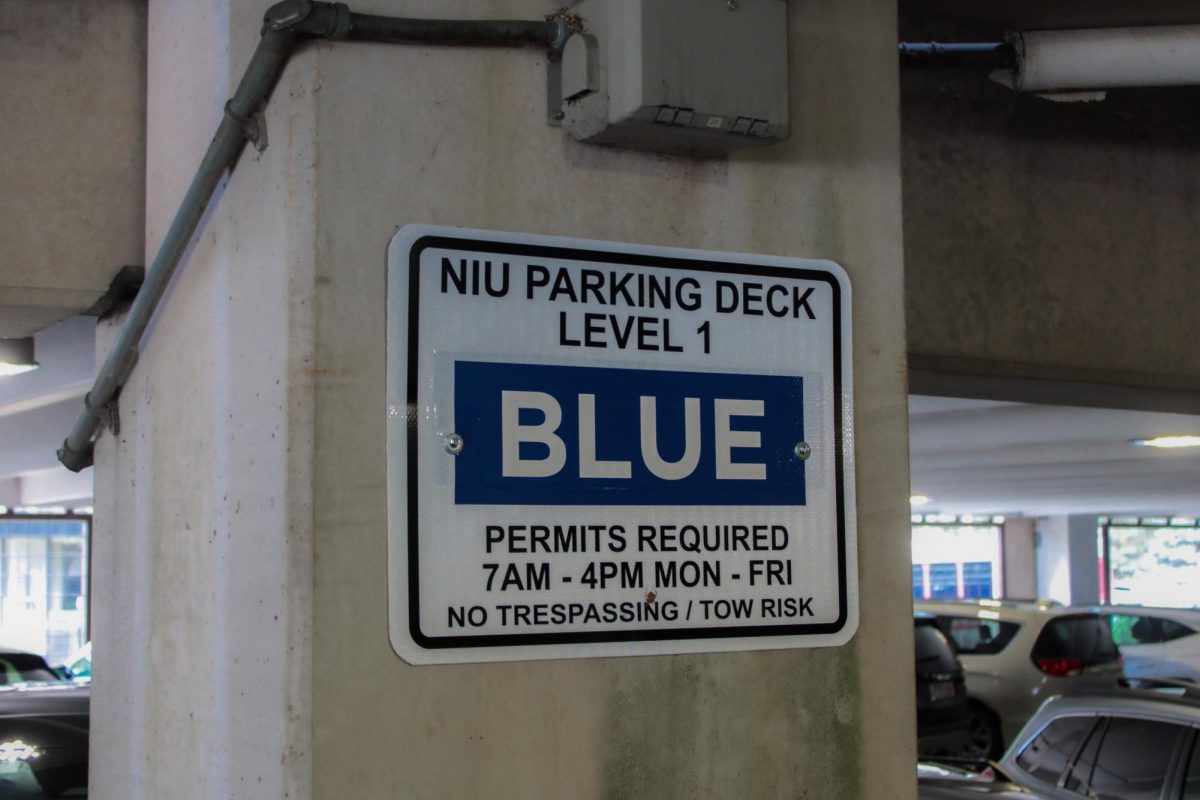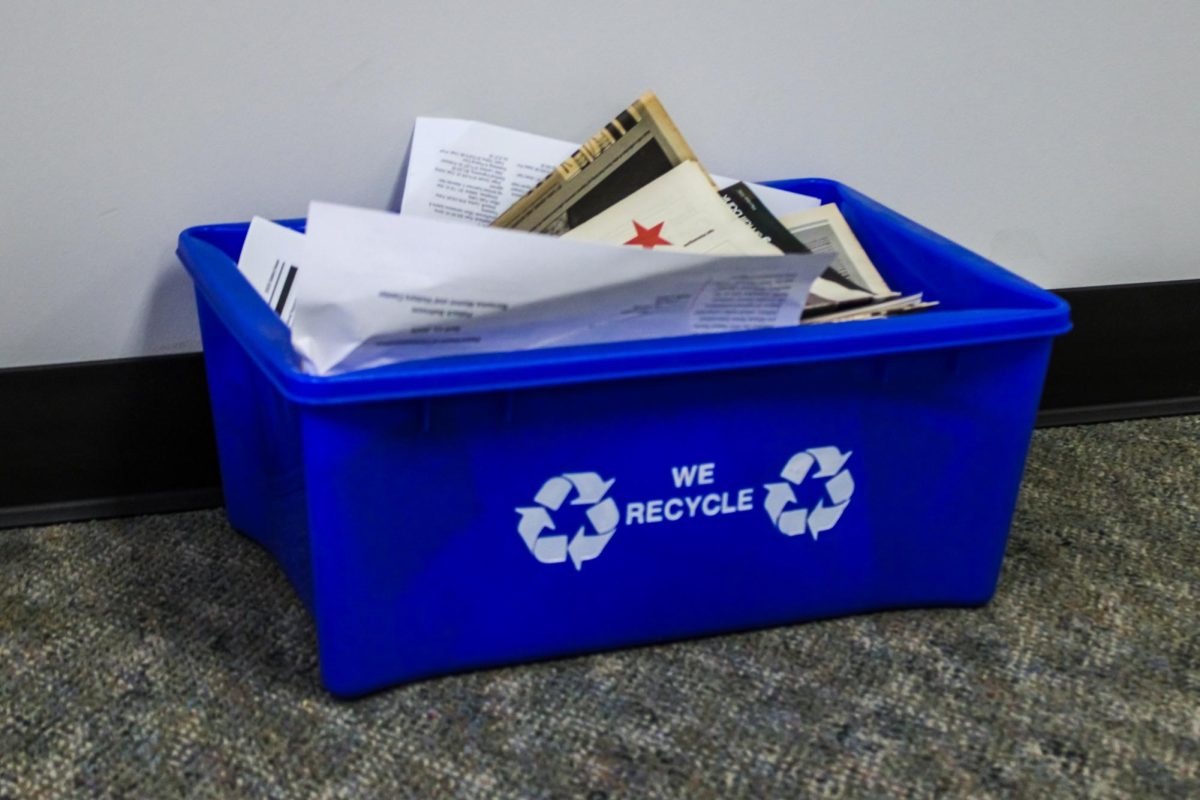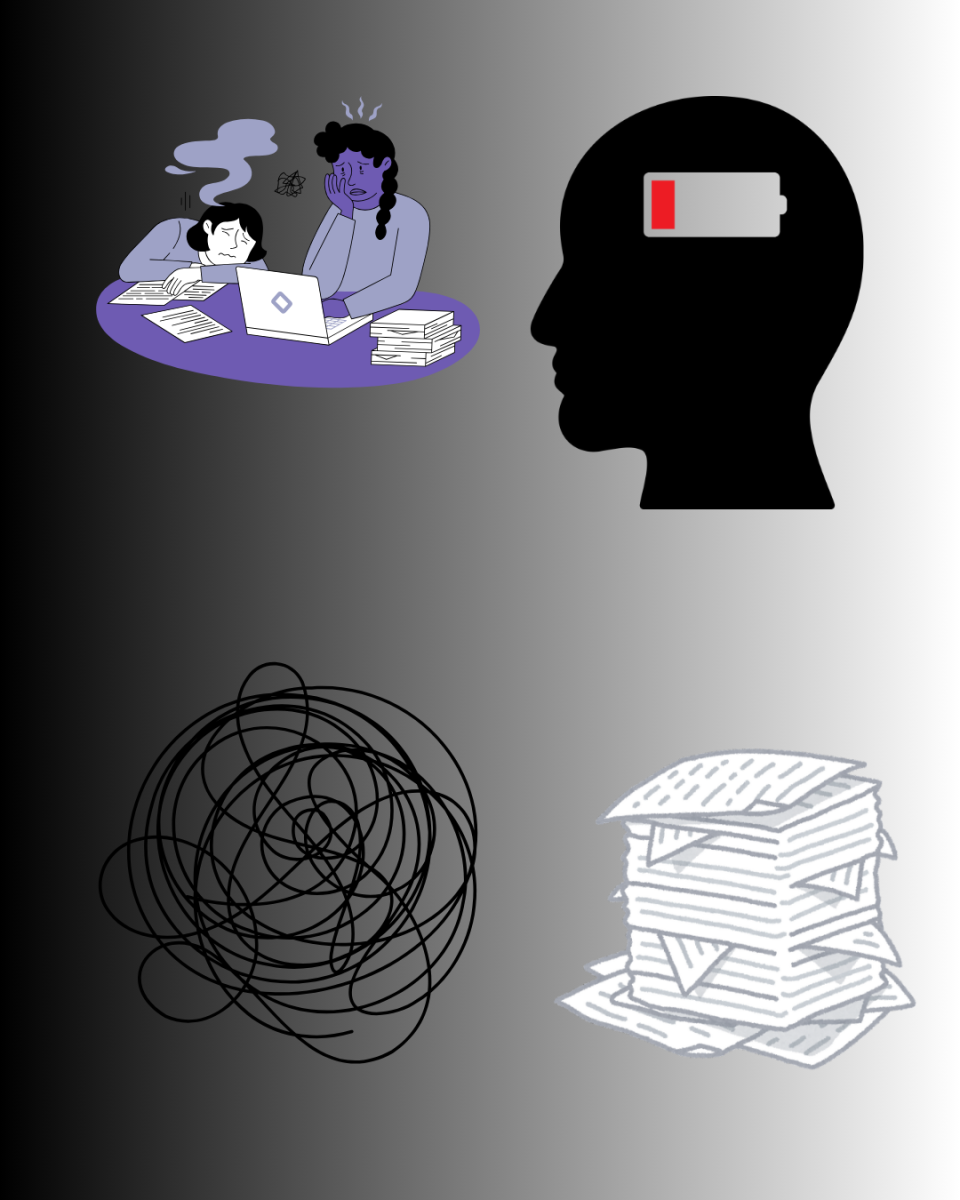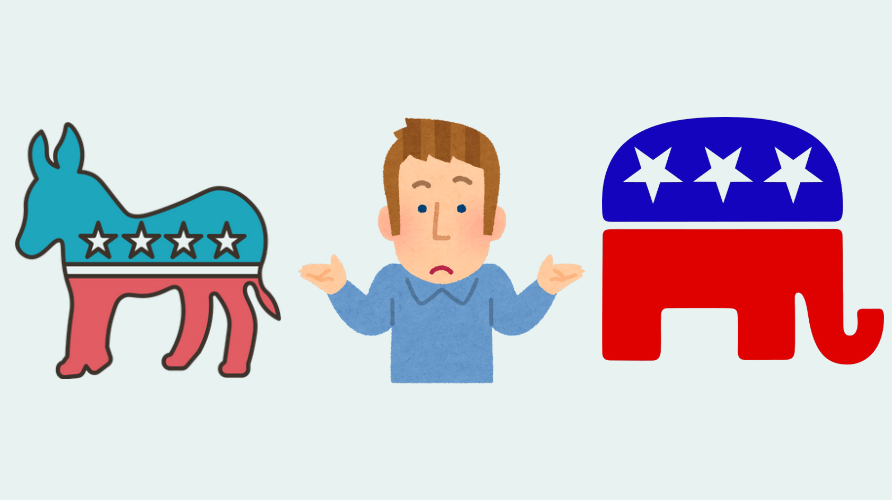Speaking another language has several benefits for college students outside the classroom. Knowing different languages has been found to boost brain function by improving memory, problem-solving and multitasking.
The job market is becoming increasingly globally linked, and multilingualism gives college graduates an edge in international job searches and professional communication, according to a 2019 study published in Springer Link. Learning another language while in college is a wise financial decision because it broadens students’ horizons and gives them tools they need to thrive in today’s interconnected world.
Students can take language courses at NIU. Most of the languages in this poll are taught as part of an undergraduate major or minor, or a graduate degree or certificate. There are also free apps students can use to learn at their own time, like Duolingo or Memrise.
Which language is more beneficial for college students to learn?
SPANISH
Spanish is spoken by 7.9% of internet users, ranking it as the second most frequently used language on digital platforms, according to Google Arts & Culture. Despite this, Mexico is the only Spanish-speaking country in the top 10 nations with the most internet usage.
Spanish speakers are rising mostly due to the population increase in Spanish-speaking countries. Mexico’s increasing population adds 1.2 million Spanish speakers annually.
Spanish is most popular among second-language learners in 18 of the European Union’s 27 member states. Spanish is also the most studied language in U.S. schools at all levels, according to Google Arts & Culture.
FRENCH
This romance language is spoken not only in France, but also in Monaco, Luxembourg, certain sections of Belgium and Switzerland, Queébec, North and Central Africa, Vietnam, Cambodia, Madagascar and the French Overseas Departments and Territories. Some French-American communities in Maine and Louisiana continue to use it.
French grammar is similar to that of Italian and Spanish. If students want to learn French, they must learn about gender words, conjugating verbs and pronouncing nasal sounds. As English-speakers, we all know a bit of French vocabulary already since many English terms and phrases originated in France, according to the BBC.
GERMAN
Worldwide, roughly 130 million people speak German as their first or second language. Germany, Switzerland, Austria, Luxembourg, Belgium and Liechtenstein all recognize German as their official language. The European Union uses German, English and French as official working languages. The majority of EU citizens speak German as their native language.
German uses the 26 Latin alphabet letters. There are also the umlauts Ä, Ö, and Ü, as well as the Eszett (ß) — a German-only letter. German’s most common letters are E, N, I, S and R, according to deutschland.de, a platform serviced by Germany’s Federal Foreign Office.
MANDARIN
Mandarin is the most spoken Chinese language, with more than 1 billion speakers, according to Ethnologue. Two-thirds of China’s population speak Mandarin Chinese, which is spoken north of the Yangtze River and across the nation. Mandarin Chinese spoken in and around Beijing is the foundation for Modern Standard Chinese (Guoyu, “National Language,” or putonghua, “common language”). Taiwan officially speaks Modern Standard Chinese.
Mandarin has four tones — level, rising, falling and high-rising — to identify words or syllables with the same consonants and vowels but different pronunciations. Mandarin and the standard language contain few consonant-ending words. Like other Chinese dialects, Mandarin includes monosyllabic words and word components in a set word order since there are no intonation or part-of-speech signals, according to Britannica.
JAPANESE
Japanese is one of the world’s main languages, with about 127 million speakers in the early 21st century. Besides the Japanese archipelago, 1.5 million Japanese immigrants and their descendants live throughout North and South America and speak at least some Japanese. No country other than Japan has utilized Japanese as their first or second language since the mid-20th century, according to Britannica.
The Japanese language uses kanji, hiragana and katakana. Kanji, the oldest of the three scripts, uses Chinese characters (hanzi) brought to Japan in the 8th century C.E. However, the kanji system is complex, with tens of thousands of characters that may form new words. Even reading a newspaper requires knowing at least 2,000 kanji. Scientific terminology, government papers and foreign words are written in Katakana. Hiragana is used for native Japanese words in ordinary situations.
Picking a new language to learn is difficult, but each has its advantages. Choosing any of these languages or another can help students in terms of use, cultural depth, economic strength or beauty. Speaking many languages improves brain development and provides students various work alternatives in an interconnected world.
Results of last week’s poll: Do you enjoy Leap Day?
Yes, I enjoy Leap Day — 75%
No, I don’t enjoy Leap Day — 25%














